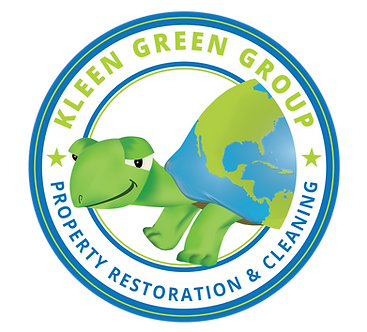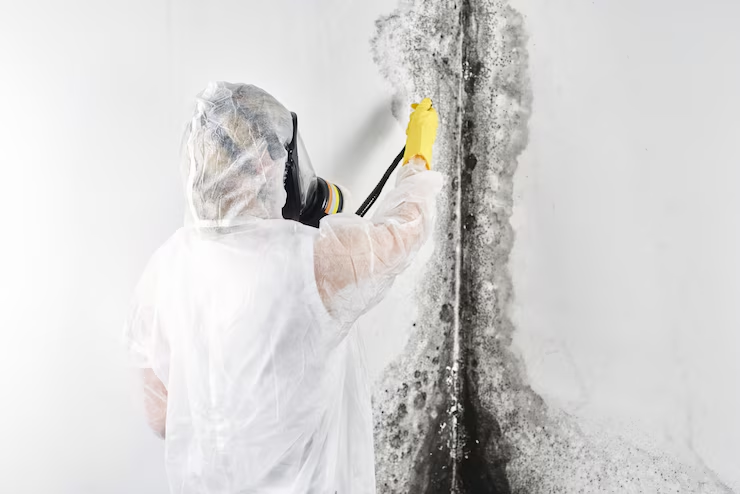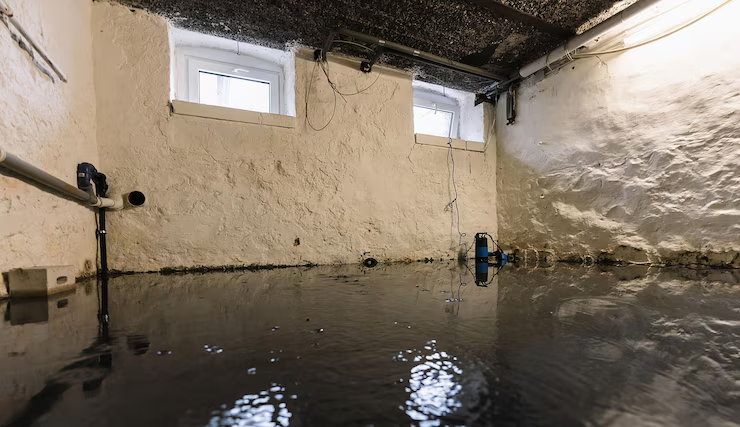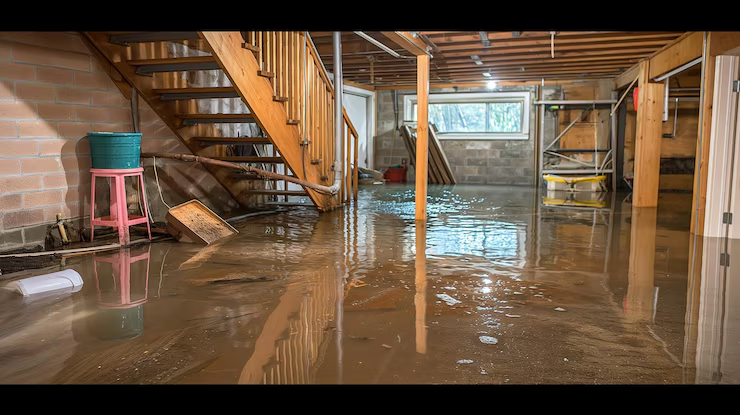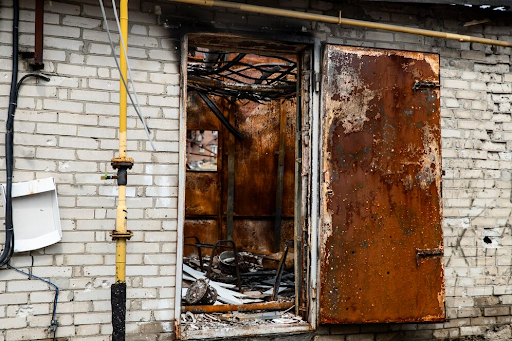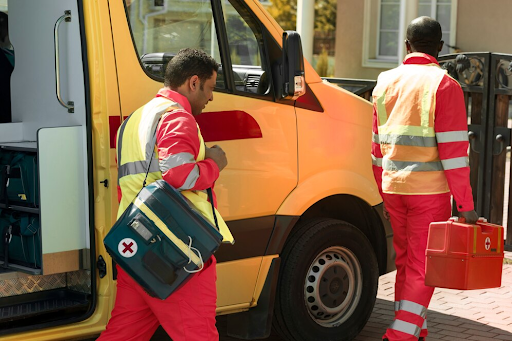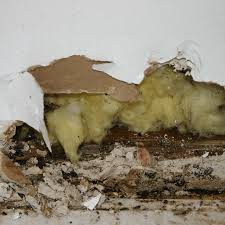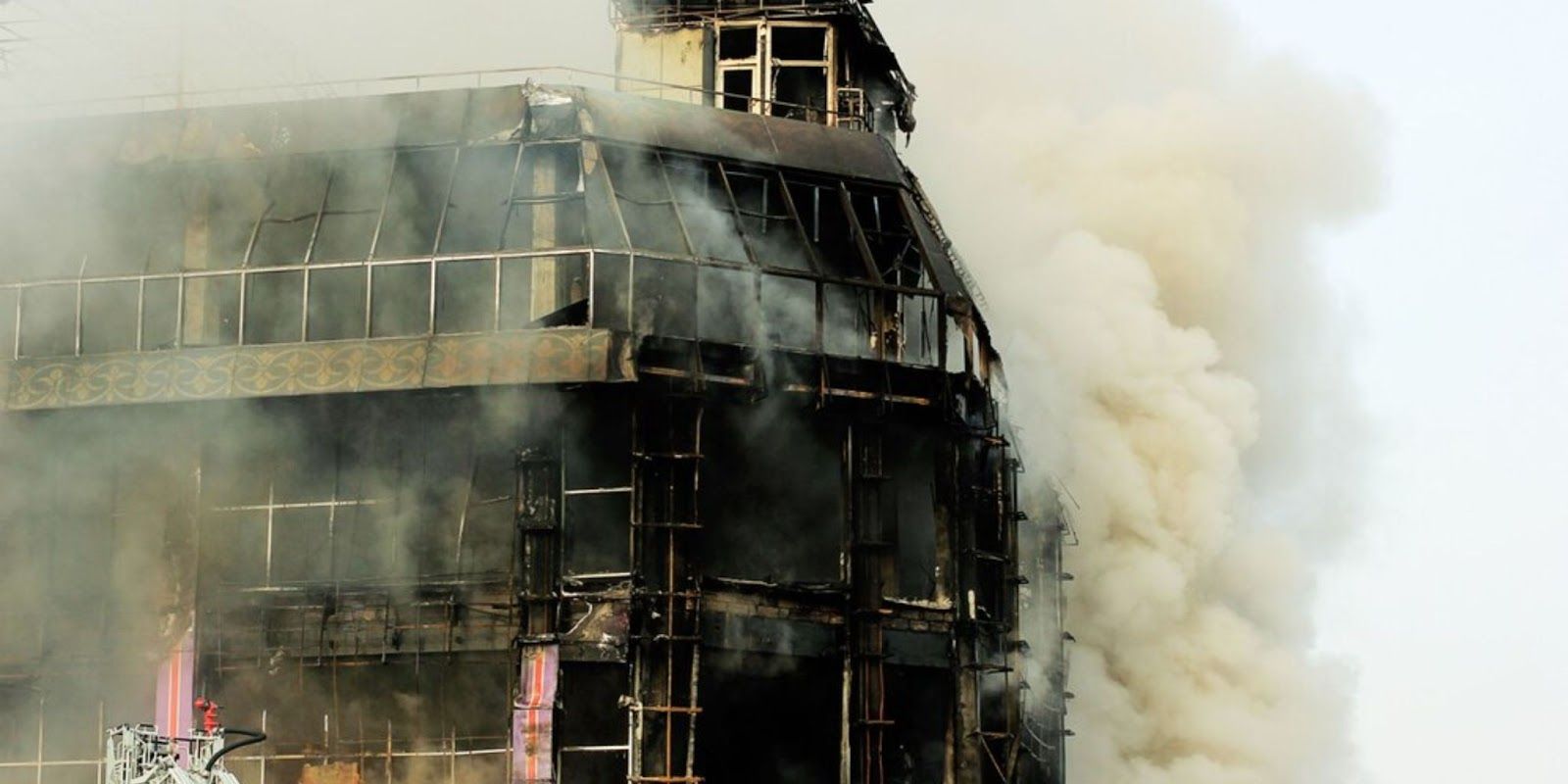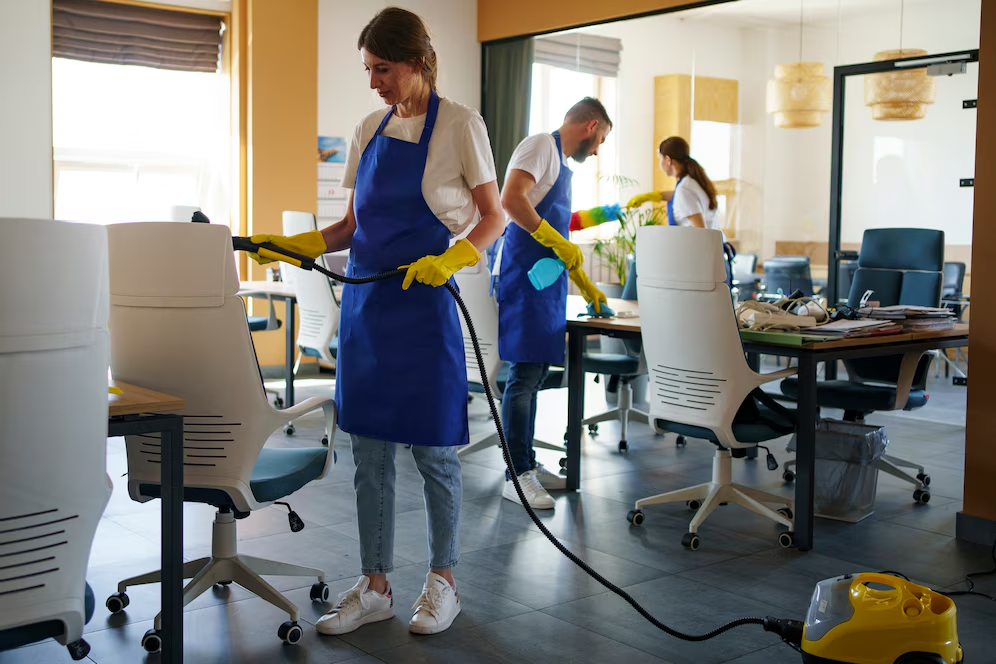Preparing for Fire Season: Essential Steps for Branson Businesses
Branson, Missouri, with its stunning landscapes and thriving business community, is no stranger to the risks associated with fire season. As temperatures rise and vegetation dries out, the threat of wildfires becomes a significant concern for businesses in the area. However, by taking proactive measures and implementing essential steps, businesses can minimize the impact of fire season and ensure complete fire remediation in Branson.
Understanding the Risks
Wildfires pose a considerable risk to businesses in Branson, especially those located near wooded areas or open spaces. Understanding the specific risks is the first step in preparing for fire season. Businesses should assess their proximity to high-risk areas and evaluate the potential impact of wildfires on their operations, infrastructure, and supply chains.
Conducting a Fire Risk Assessment
Conducting a thorough fire risk assessment is essential for Branson businesses to identify vulnerabilities and develop effective fire mitigation strategies. This assessment should include evaluating the property's susceptibility to wildfires, assessing the condition of fire prevention and suppression systems, and identifying potential ignition sources.
Developing a Comprehensive Fire Safety Plan
Based on the findings of the fire risk assessment, businesses should develop a comprehensive fire safety plan tailored to their specific needs and circumstances. This plan should outline procedures for fire prevention, emergency response, and evacuation. Key components of the fire safety plan may include:
- Fire Prevention Measures: Implementing measures to reduce the likelihood of fires, such as clearing vegetation around the property, maintaining fire-resistant landscaping, and ensuring proper storage and disposal of flammable materials.
- Emergency Response Protocols: Establishing clear protocols for responding to fires, including procedures for alerting employees, contacting emergency services, and initiating evacuation if necessary. Assigning responsibilities to designated employees and conducting regular drills can help ensure a swift and coordinated response.
- Evacuation Planning: Developing evacuation routes and assembly points, and ensuring that employees are familiar with these routes and procedures. Consideration should be given to individuals with mobility issues or other special needs to ensure their safety during an evacuation.
- Fire Suppression Systems: Ensuring that fire suppression systems, such as sprinklers and extinguishers, are in good working order and compliant with local regulations. Regular inspections and maintenance are essential to ensure their effectiveness in the event of a fire.
Employee Training and Awareness
Employees are a crucial line of defense against fires, making comprehensive training and awareness programs vital for Branson businesses. Training should cover fire prevention techniques, proper use of fire extinguishers, evacuation procedures, and emergency communication protocols. Regular training sessions and refresher courses can help ensure that employees are prepared to respond effectively in the event of a fire.

Collaboration with Local Authorities and Community Partners
Collaboration with local authorities, fire departments, and community organizations is essential for Branson businesses to enhance their preparedness for fire season. Businesses should establish relationships with local fire departments, participate in community fire prevention initiatives, and stay informed about fire weather forecasts and warnings. Engaging with neighboring businesses and sharing resources can also strengthen collective resilience against wildfires.
Conclusion
As fire season approaches, Branson businesses must take proactive steps to mitigate the risks posed by wildfires and ensure the safety of their employees, customers, and assets. By conducting thorough risk assessments, developing comprehensive fire safety plans, providing employee training, and collaborating with local authorities and community partners, businesses can enhance their preparedness and resilience in the face of fire emergencies. By investing in fire preparedness today, Branson businesses can help protect their livelihoods and contribute to a safer and more resilient community for years to come.
As fire season approaches, Branson businesses must take proactive steps to mitigate the risks posed by wildfires and ensure the safety of their employees, customers, and assets. By conducting thorough risk assessments, developing comprehensive fire safety plans, providing employee training, and collaborating with local authorities and community partners, businesses can enhance their preparedness and resilience in the face of fire emergencies.
Additionally, partnering with Kleen Green Group can provide access to
professional fire remediation services in Branson, offering expertise in restoring properties affected by fire damage and helping businesses recover swiftly and effectively. By investing in fire preparedness today, Branson businesses can help protect their livelihoods and contribute to a safer and more resilient community for years to come.

